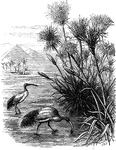Clipart tagged: ‘Papyrus’
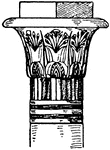
Egyptian Capital
The Egyptian capital is the upper termination of the column with opened papyrus flowers. It is found…
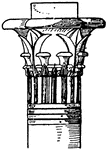
Egyptian Capital
The Egyptian capital is the upper termination of the column with opened papyrus flowers. It is found…
Egyptian Capital
This Egyptian capital is the upper termination of the column with cinctured bundles of papyrus stems.
Egyptian Capital
This Egyptian capital is the upper termination of the column with cinctured bundles of papyrus stems.…
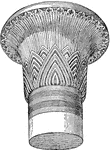
Papyrus Capital
An illustration of a papyrus decorated capital. In several traditions of architecture including Classical…
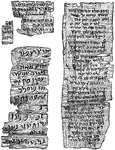
Ancient Hebrew Manuscript
"A papyrus of the first century A.D., containing the Ten Commandments. It was discovered in Egypt."—Webster,…

Papyrus
A plant originating in Egypt that was used to make papyrus, a writing material until paper was introduced…
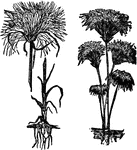
Papyrus
A genus of rushlike plants of the sedge family, growing in marshy places from root-stalks. The stem…

Papyrus
Papyrus reed that grows along the shores of the Nile. The stalks are pliable and capable of being interwoven…
